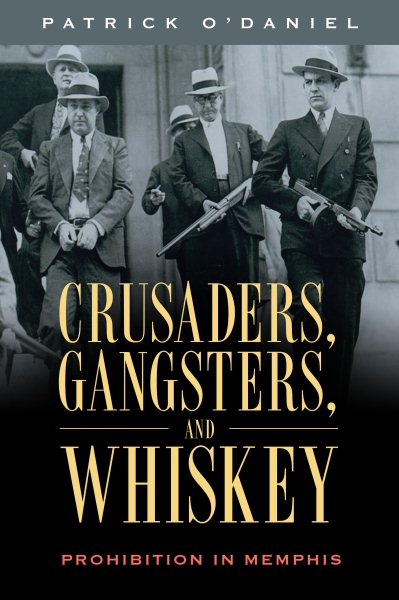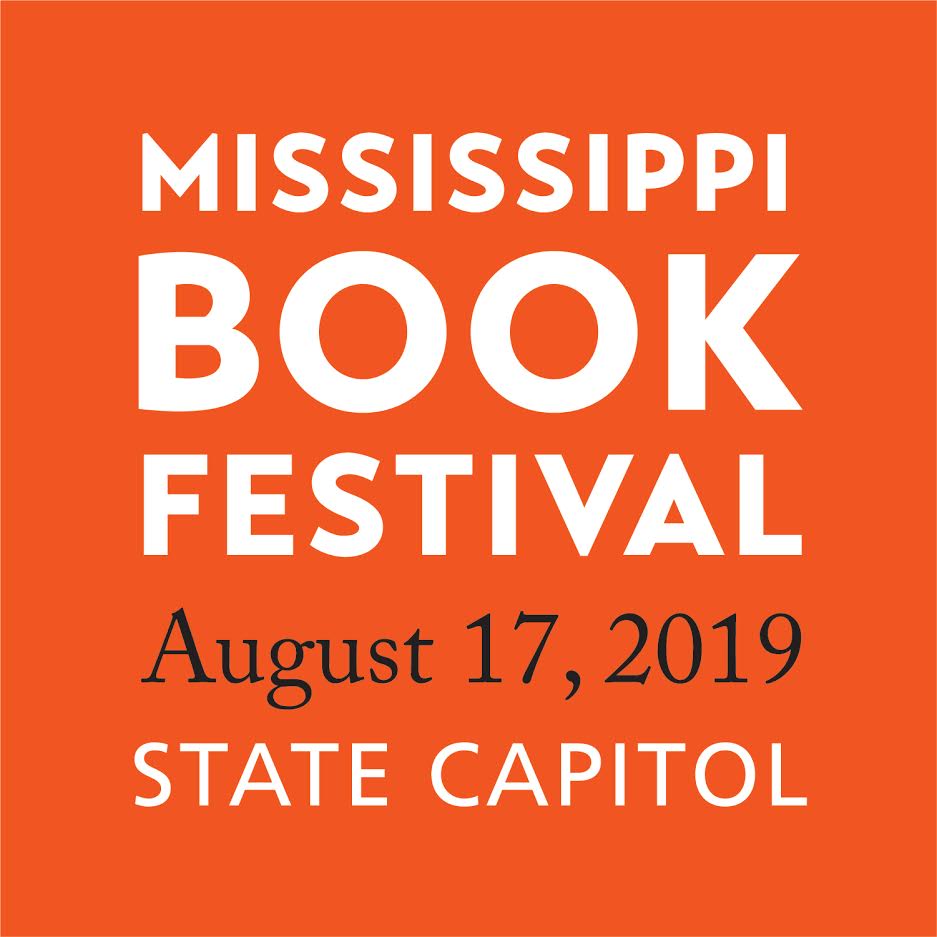By Charlie Spillers. Special to the Clarion-Ledger Sunday print edition (November 11)
Patrick O’Daniel’s book Crusaders, Gangsters, and Whiskey: Prohibition in Memphis is not only true crime, it is a virtual film noir in print with gangsters, bootleggers, cold-blooded killers and corrupt officials bursting from the pages.
 From 1920 until 1933, Prohibition was the federal law of the land, banning alcohol across the country. But in Memphis, Prohibition lasted under state laws from 1909 until 1939. On page after page, author Patrick O’Daniel shows that Prohibition “led to increased crime, corruption, health problems and disrespect for all laws for three decades.”
From 1920 until 1933, Prohibition was the federal law of the land, banning alcohol across the country. But in Memphis, Prohibition lasted under state laws from 1909 until 1939. On page after page, author Patrick O’Daniel shows that Prohibition “led to increased crime, corruption, health problems and disrespect for all laws for three decades.”
O’Daniel poses and answers this question: “How did Prohibition affect Memphis?….The answers lie in the lives of the people… who fought for Prohibition, the people who fought against it, and the people who profited from it. And their story begins with a gunfight.” This paragraph sets the tone of a lively book, its broad sweep and captivating details.
Memphis is notorious today as one of the most violent cities in the nation. But it was even worse in the early 1900s. Crusaders, Gangsters, and Whiskey reveals a city overwhelmed with crime, violence and corruption. Some of the gunfights in Memphis during Prohibition evoke images of the gunfight at the OK Corral in the old West.
William Latura is one example of the dozens of criminals depicted in the book. He helped cement Memphis’ reputation for lawlessness. Arrested 35 times for liquor and gambling violations, Latura was one of the most violent and feared men in Memphis.
During a period of several years he tried to kill a saloon keeper, nearly disemboweled a man with a knife, shot a woman, shot a man over a gambling debt and shot another man. After African American saloon-keeper Hammit Ashford whipped Latura’s girlfriend with a riding crop, Latura stormed into Ashford’s Saloon on Beale Street and shot six African American men and one woman. Then he walked back to a bar and continued drinking nonchalantly.
His trial was a mockery. The jury did not consider killing black men by a white man to be a serious crime, so he was let go. He later killed two more men, each time claiming self-defense. But Latura finally became too wild for city leaders. He threatened to kill the newspaper editor and his staff if they continued to refer to him as “Wild Bill” and threatened police officers and even the sheriff. When police went to arrest Latura he reached for a gun and was killed.
When Memphis prohibitionists spoke out against liquor interests, they spoke out against gangsters like Latura. But in their naïveté, they, “had no idea that eliminating the saloons would give rise to a far more dangerous type of criminal. The next generation of outlaws… would unleash an uncontrollable crime wave….”
O’Daniel documents a cauldron of lawlessness, murders and corruption. Driven by prohibition, Memphis was wide open and notorious nationwide as a “resort” city. Illegal liquor and crime flourished under the protection of corrupt cops, prosecutors, judges and city officials. He writes that, “the brunt of law enforcement fell on African Americans, immigrants, the working class and the poor, while the wealthiest used their influence to skirt the law.”
Although corruption was pervasive, honest law officers continued to pursue bootleggers and gangsters. But Prohibition eventually failed because of the lack of public support for the unpopular law and the ineffectiveness of law enforcement.
O’Daniel’s book brings to life gangsters, criminal organizations, and crusaders whose actions shaped the character of Memphis well into the twentieth century. With its brisk pace, Crusaders, Gangsters, and Whiskey is a lively, illuminating and fascinating read.
Charlie Spillers is the bestselling author of Confessions of An Undercover Agent: Adventures, Close Calls and the Toll of a Double Life. and Whirlwind: A Frank Marsh Novel. His next book, Flashpoint: A Frank Marsh Novel, will be released soon.
Patrick O’Daniel will appear at the Mississippi Book Festival August 17 as a participant in the “Crime and the Law” panel at 4:00 p.m. at the State Capitol Room 201 H.



Comments are closed.